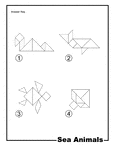
Sea Animals Outline Solution Tangram Card
Solutions for outlines of sea animals (sea monster, dolphin, sea turtle, stingray) made from tangram…
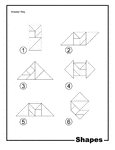
Shapes Outline Solution Tangram Card
Solutions for outlines of shapes (rectangle, parallelogram, isosceles triangle, double arrow, rhombus,…
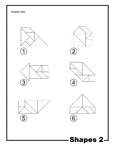
Shapes Outline Solution Tangram Card #2
Solutions for outlines of shapes (quadrilateral, hexagon, arrow, pentagon) made from tangram pieces.…
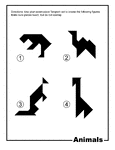
Animals Silhouette Tangram Card
Silhouette outlines of animals (bear, kangaroo, camel, giraffe) made from tangram pieces. Tangrams,…
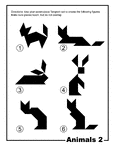
Animals Silhouette Tangram Card #2
Silhouette outlines of animals (fox, rabbit, cat) made from tangram pieces. Tangrams, invented by the…
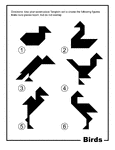
Birds Silhouette Tangram Card
Silhouette outlines of birds (duck, swan, turkey vulture, cormorant, and egret) made from tangram pieces.…
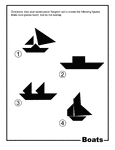
Boats Silhouette Tangram Card
Silhouette outlines of boats (sailboat, ship, yacht) made from tangram pieces. Tangrams, invented by…
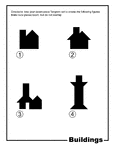
Buildings Silhouette Tangram Card
Silhouette outlines of buildings (house, lighthouse) made from tangram pieces. Tangrams, invented by…
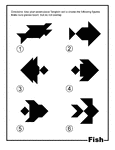
Fish Silhouette Tangram Card
Silhouette outlines of fish (shark, parrot fish, angelfish, flounder, hogfish, beta) made from tangram…
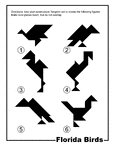
Florida Birds Silhouette Tangram Card
Silhouette outlines of Florida birds (seagull, mocking bird, egret, flamingo, turkey vulture, cormorant)…
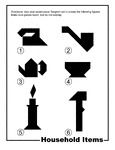
Household Items Silhouette Tangram Card
Silhouette outlines of household items (iron, pipe, kettle, cup, candle, hammer) made from tangram pieces.…
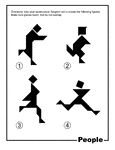
People Silhouette Tangram Card
Silhouette outlines of people (runners) made from tangram pieces. Tangrams, invented by the Chinese,…
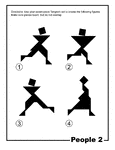
People Silhouette Tangram Card #2
Silhouette outlines of people (runners, dancers) made from tangram pieces. Tangrams, invented by the…
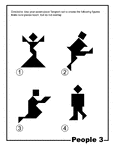
People Silhouette Tangram Card #3
Silhouette outlines of people (woman standing, water skier, woman kneeling, man walking) made from tangram…
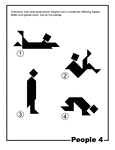
People Silhouette Tangram Card #4
Silhouette outlines of people (swimmer, reclining man, butler, diver) made from tangram pieces. Tangrams,…
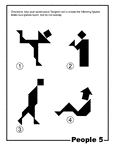
People Silhouette Tangram Card #5
Silhouette outlines of people (ice skater, saint statue, walking man, reclining man) made from tangram…
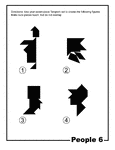
People Silhouette Tangram Card #6
Silhouette outlines of people (silhouettes of men) made from tangram pieces. Tangrams, invented by the…
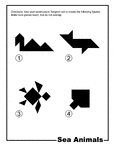
Sea Animals Silhouette Tangram Card
Silhouette outlines of sea animals (sea monster, dolphin, sea turtle, stingray) made from tangram pieces.…
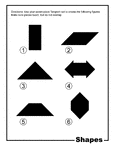
Shapes Silhouette Tangram Card
Silhouette outlines of shapes (rectangle, parallelogram, isosceles triangle, double arrow, rhombus,…

Round Back Primary High Vowel
Vowels have a wide, firm, and free channel, whereby the breath is modified without friction or sibilation.…
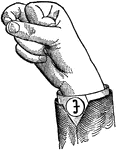
Round Back Primary Mid Vowel
Vowels have a wide, firm, and free channel, whereby the breath is modified without friction or sibilation.…

Round Back Primary Low Vowel
Vowels have a wide, firm, and free channel, whereby the breath is modified without friction or sibilation.…

Round Back Wide High Vowel
Vowels have a wide, firm, and free channel, whereby the breath is modified without friction or sibilation.…

Round Back Wide Mid Vowel
Vowels have a wide, firm, and free channel, whereby the breath is modified without friction or sibilation.…

Round Back Wide Low Vowel
Vowels have a wide, firm, and free channel, whereby the breath is modified without friction or sibilation.…
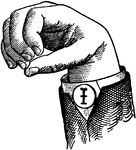
Round Mixed Primary High Vowel
Vowels have a wide, firm, and free channel, whereby the breath is modified without friction or sibilation.…
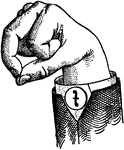
Round Mixed Primary Mid Vowel
Vowels have a wide, firm, and free channel, whereby the breath is modified without friction or sibilation.…
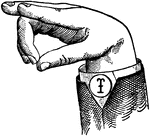
Round Mixed Wide High Vowel
Vowels have a wide, firm, and free channel, whereby the breath is modified without friction or sibilation.…
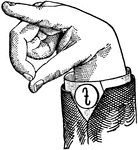
Round Mixed Wide Mid Vowel
Vowels have a wide, firm, and free channel, whereby the breath is modified without friction or sibilation.…

Round Front Primary High Vowel
Vowels have a wide, firm, and free channel, whereby the breath is modified without friction or sibilation.…

Round Front Wide High Vowel
Vowels have a wide, firm, and free channel, whereby the breath is modified without friction or sibilation.…
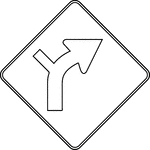
Combination Horizontal Alignment/Intersection, Outline
"The horizontal alignment Turn signs may be used in advance of situations where the horizontal roadway…
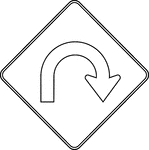
U-Turn, Outline
The horizontal alignment signs may be used in advance of situations where the horizontal roadway alignment…
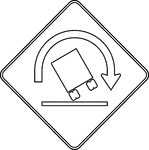
Truck Rollover Warning, Outline
"A Truck Rollover Warning sign may be used to warn drivers of vehicles with a high center of gravity,…
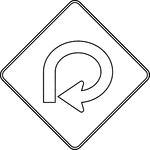
270 Degree Loop, Outline
The horizontal alignment signs may be used in advance of situations where the horizontal roadway alignment…
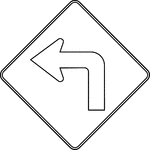
Left Turn, Outline
The horizontal alignment Turn may be used in advance of situations where the horizontal roadway alignment…
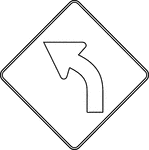
Left Curve, Outline
The horizontal alignment Curve may be used in advance of situations where the horizontal roadway alignment…

Reverse Turn, Outline
The horizontal alignment Reverse Turn signs may be used in advance of situations where the horizontal…
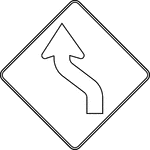
Reverse Curve, Outline
The horizontal alignment Reverse Curve signs may be used in advance of situations where the horizontal…
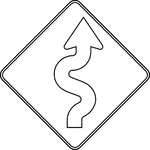
Winding Road, Outline
The horizontal alignment Winding Road signs may be used in advance of situations where the horizontal…

One-Direction Large Arrow, Outline
The horizontal alignment signs may be used in advance of situations where the horizontal roadway alignment…
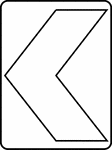
Chevron Alignment, Outline
The horizontal alignment signs may be used in advance of situations where the horizontal roadway alignment…
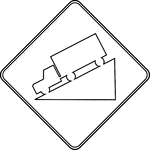
Hill, Outline
The Hill sign should be used in advance of a downgrade where the length, percent of grade, horizontal…

Double Arrow, Outline
The Double Arrow sign may be used to advise road users that traffic is permitted to pass on either side…
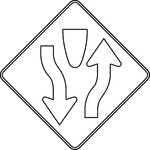
Divided Highway, Outline
A Divided Highway symbol sign should be used on the approaches to a section of highway (not an intersection…
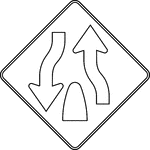
Divided Highway Ends, Outline
A Divided Highway Ends symbol sign should be used in advance of the end of a section of physically divided…
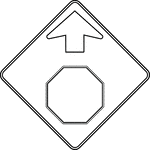
Stop Ahead, Outline
The Advance Traffic Control symbol signs includes the Stop Ahead sign. These signs shall be installed…
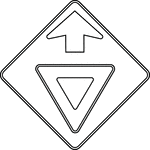
Yield Ahead, Outline
The Advance Traffic Control symbol signs includes the Yield Ahead sign. These signs shall be installed…
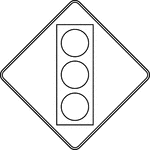
Signal Ahead, Outline
The Advance Traffic Control symbol signs includes the Signal Ahead sign. These signs shall be installed…
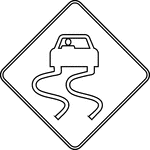
Slippery When Wet, Outline
The Slippery When Wet sign may be used to warn that a slippery condition might exist.
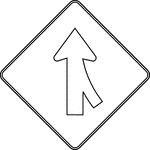
Merge, Outline
A Merge sign may be used to warn road users on the major roadway that merging movements might be encountered…
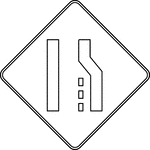
Lane Ends, Outline
The Lane Ends symbol sign, should be used to warn of the reduction in the number of traffic lanes in…
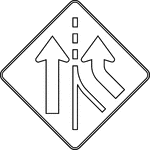
Added Lane, Outline
The Added Lane sign should be installed in advance of a point where two roadways converge and merging…
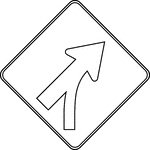
Entering Roadway Merge, Outline
When a Merge sign is to be installed on an entering roadway that curves before merging with the major…
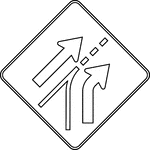
Entering Roadway Added Lane, Outline
When an Added Lane sign is to be installed on a roadway that curves before converging with another roadway…
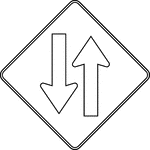
Two-Way Traffic, Outline
A Two-Way Traffic sign should be used to warn road users of a transition from a multi-lane divided section…

Two-Direction Large Arrow, Outline
The Two-Direction Large Arrow sign shall be a horizontal rectangle. If used, it shall be installed on…
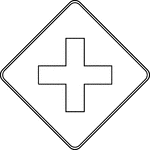
Cross Road, Outline
A Cross Road symbol sign may be used in advance of an intersection to indicate the presence of an intersection…
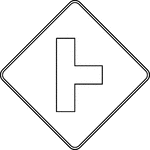
Side Road, Outline
A Side Road symbol sign may be used in advance of an intersection to indicate the presence of an intersection…
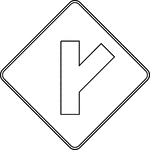
Side Road, Outline
A Side Road symbol sign may be used in advance of an intersection to indicate the presence of an intersection…